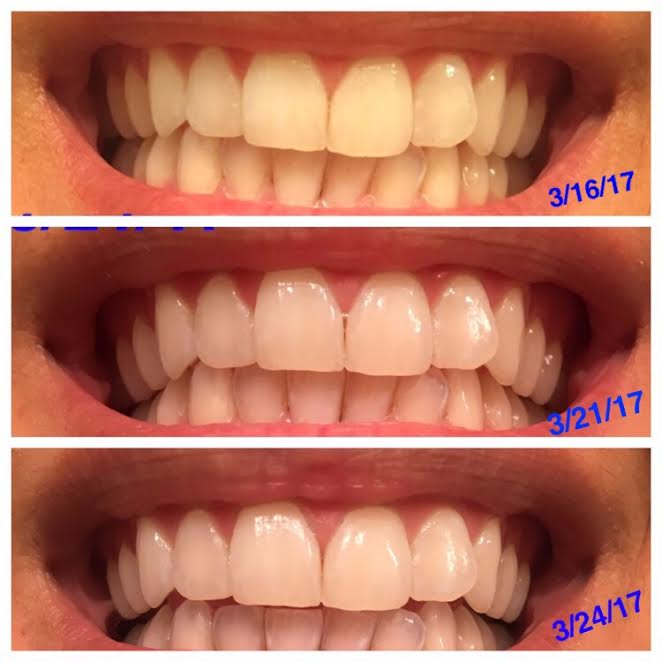What is PANS/PANDAS?
Pediatric Autoimmune Neuro-psychiatric Disorders Associated with Streptococcal infections (PANDAS)/ Pediatric Acute-onset Neuro-psychiatric Syndrome (PANS) are a sub-type of acute-onset obsessive-compulsive disorder (OCD) thought to be caused by an autoimmune response to group A streptococcal infection.
Other studies have suggested that chronic stress as well as other types of infections can result in neuropsychiatric conditions, including Lyme disease, Mycoplasma pneumonia/mycotoxins, herpes simplex 1, common cold, and varicella viruses. Mold is either a cause or a frequent coinfection for these patients.
“Basoganglia encephalitis” is brain inflammation, and essentially what PANDAS/PANS is.
In 1998 PANDAS/PANS was first defined as a cause of sudden onset of obsessive-compulsive behavior, tics, psychosis, mood disorders/multiple personalities, and neurological dysfunction in children.
Believe it or not, there are still doctors out there who do not believe this is a legitimate condition.
A possible indication that a strep infection may be contributing to OCD symptoms is if the child goes on antibiotics and the OCD symptoms improve.
It is not uncommon for these children to receive multiple incorrect diagnoses from various doctors, or be incorrectly medicated for symptoms of an underlying brain infection & autoimmunity.
This happens because doctors specialize in certain areas and see their patients through the lens of their specialty. When, really, the body cannot always be segmented into parts that function separately from each other.
The Cunningham Panel by Moleculera Labs is the only test that checks specific brain & neurotransmitter receptor antibodies to help identify possible PANDAS/PANS.

Antibody to Dopamine Receptor 1
Symptoms experienced are increased anger, moodiness and psychosis. Sleep disturbances or insomnia are also a consequence.
The higher the antibody, the more predictive of psychiatric symptoms. Other symptoms could be multiple personalities, hallucinations and catatonia.

Antibody to Dopamine Receptor 2
Symptoms experienced are going to affect movement and motor skills. This would be evident with a child who plays instruments (like a piano), finger movements and gripping utensils may be a challenge.
Example: milk maid grip –the movement issue may not be very obvious. Walking may be difficult. The D2 antibody is elevated 10% of the time. Kids with hyperactivity have an exacerbation of D2 antibodies.

Antibody to Lysoganglioside GM1
Symptoms experienced are tics. GM1 is right at the neuro-muscular junction and interferes with nerve transmission, resulting in tics. This is high in those with Lyme Disease and those with Ehlers Danlos syndrome.
Other reported side effects may be seizures; this could be a possibility when EEG brain waves appear normal, but seizures are still happening.

Antibody to Tubulin
Tubulin gives cells their shape. Symptoms experienced are an obsession, compulsion, and brain fog. Difficulty in focusing, staying on task, and comprehending a paragraph in a book.
Your child may need people to explain what it is that they have read because they can’t understand it. It may be difficult for them to translate what they are thinking to paper, or experience a loss in ability to read musical notes, reading in general, and speaking languages they were familiar with.

Antibody to Calmodulin Kinase II:
This is naturally elevated anytime a person is sick. In a patient with an abnormal immune system, this marker should come back down in 1–2 weeks.
With someone who has a leaky blood-brain barrier (BBB), it will stay high for approximately 16–18 months before gravitating to normal. Antibodies to this enzyme are causing the up regulation.
The higher the CAM, the higher the discomfort they are feeling in their own skin.
PANDAS/PANS Treatment Options;
Conventional Treatment:
- Identify the infections driving the inflammation. Is it mold? Strep? Lyme? Viral? The treatment depends on the emergent nature of the symptoms. In severe cases, it may take initial pharmaceuticals and steroids to stabilize the person to get them to a place where they feel more comfortable. And then you can bring in botanicals to maintain.
- Generally these cases are treated with IV antibiotics and steroids to bring down infection and inflammation.
PANDAS and PANS Alternative Treatment:
- Hefty doses of botanical anti-inflammatories and anti-microbial herbs can bring down the viral load or the pathogen load and help the immune system level out. (Sorry I can’t give specifics here).
- NAET Treatments: Getting a series of these NAET treatments for the antibodies and other infections. If interested reach out to Dr. Carly Rachman in Weston, FL @ www.points2wellness.com . And I started implementing NAET into my practice as well!
- Continue to measure the titers of the infections identified. If the IgG titers are greater than 3-5x the reference range, the infection is still an issue.
More Helpful Blog Posts on The Brain and Neurologic
- Lymphatic Drainage Is A New Target for Alzheimer’s Disease Prevention and Lead To Better outcomes in Disease Severity
- Resveratrol May Have Therapeutic Potential In Treatment Of Autism
- How To Tell If You Have Leaky Brain
- Diabetes Of The Brain: Are You At Risk?
- Studies Show Fluoride To Be Neurotoxic, Lower IQ In Children, Inhibits Thyroid Function
- The Implications of Constant Stress on Your Brain
Sources:





